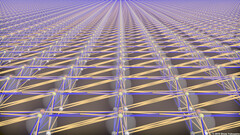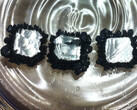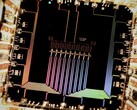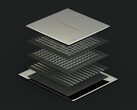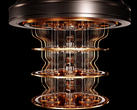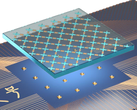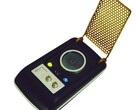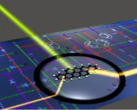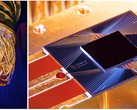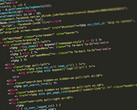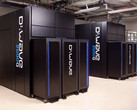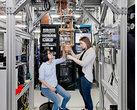Today’s quantum computers from IBM and Google make use of the qubit model, which apparently is not really that scalable at this point in time. Even though Google claims that its 53-qubit computer achieved quantum supremacy over binary computers, this may only be true for a limited set of applications. In order for a quantum computer to really prove itself superior over current binary models, its design requires universality, scalability and increased fault tolerance.
While current qubit-based quantum computers are seeing increased fault tolerance, their scaling potential is severely reduced due to the already large components. A better alternative was revealed on October 18 with the announcement of a laser-based quantum computer, which has been in development for almost 10 years.
The team behind the laser-based quantum computer includes scientists from the U.S., Australia and Japan. Instead of qubits, the new approach uses a clustered state made of laser beams and custom-made crystals that convert the beams into a special type of light called “squeezed light.” For the cluster state to exhibit quantum computational potential, the laser needs to be measured in a specific way, and this is achieved through a quantum entangled network of mirrors, beamsplitters and optical fibers.
This approach was demonstrated at small scales, which does not provide high enough computational speeds, but the scientists claim that the model is extremely scalable and larger structures could eventually achieve quantum supremacy over the qubit and binary models.
Loading Comments
I first stepped into the wondrous IT&C world when I was around seven years old. I was instantly fascinated by computerized graphics, whether they were from games or 3D applications like 3D Max. I'm also an avid reader of science fiction, an astrophysics aficionado, and a crypto geek. I started writing PC-related articles for Softpedia and a few blogs back in 2006. I joined the Notebookcheck team in the summer of 2017 and am currently a senior tech writer mostly covering processor, GPU, and laptop news.
> Expert Reviews and News on Laptops, Smartphones and Tech Innovations > News > News Archive > Newsarchive 2019 10 > Laser-based quantum computers are now a thing
Bogdan Solca, 2019-10-23 (Update: 2019-10-23)




